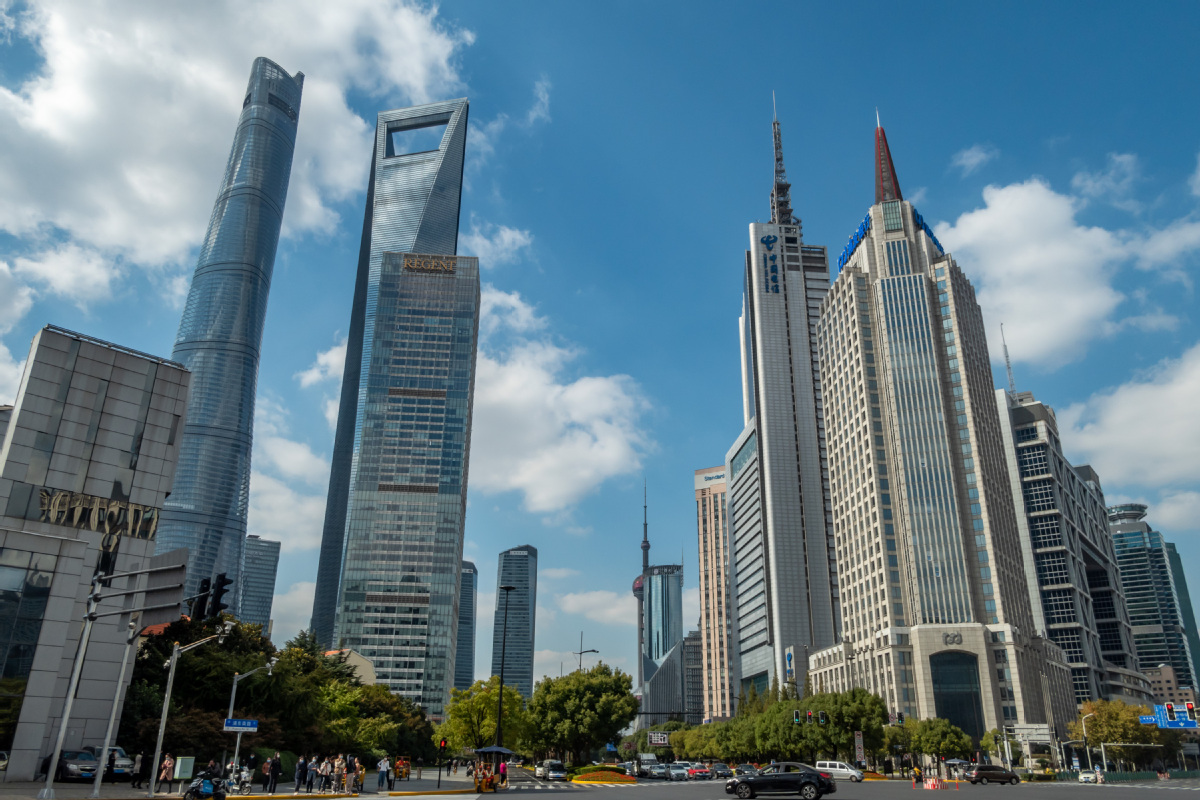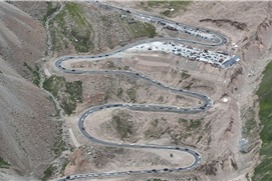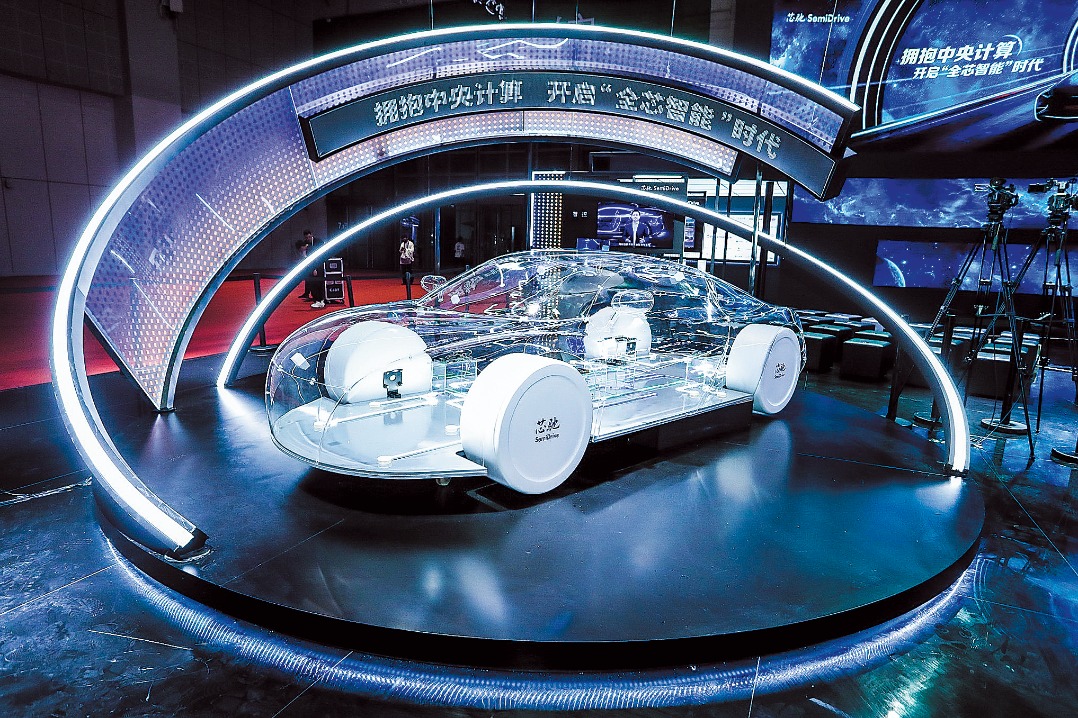New areas drive digitalization, local economic growth and innovation


The level of digitalization in various industries in China has risen on the back of digital transformation efforts of the nation in "new areas", high-tech zones and economic development zones, experts said.
The larger goal is to accelerate the progress of sustainable development, they said.
"Many of the State-level new areas, high-tech zones and economic development zones, such as the Pudong New Area, drive regional economies. They have shown various development patterns and are providing valuable experiences for cities, which are now embracing digitalization ahead of the 14th Five-Year Plan period (2021-25)," said Feng Kui, a researcher at the China Center for Urban Development, which is part of the National Development and Reform Commission, China's top economic regulator.
Feng's comments came during the China Smart City Expo in Beijing last week. The event was jointly organized by the CCUD, the Cyberspace Administration of China and other government units, and attracted exhibitors in the form of cities like Wuhan, Hubei province and Haikou, Hunan province, and smart city solution providers such as Alibaba Cloud.
Feng said: "Amid the construction of new areas, innovation is now evident in many sectors. We can see that all of the areas have been seeking their most suitable development pattern and have come up with many new trials.
"Some of the new areas such as the Xiong'an New Area are advancing efforts in applications related to the digital economy. They constitute the first batch of digital economy test fields in China. Some are promoting digital social regulations, while others such as the Pudong New Area have already worked out a relatively mature mode involving participation of governments, industries and companies, and serving all of them," he said.
According to government data, the Pudong New Area, which is the first State-level new area and was established in 1992, has been pushing forward digital regulation. Its GDP reached 1.27 trillion yuan ($194.6 billion) in 2019, up nearly 22 percent year-on-year and contributing more than 33 percent to Shanghai's GDP.
"The 219 State-level economic development zones have contributed around 10 percent of the nation's total fiscal income, and the 169 State-level high-tech zones (have contributed) 11.8 percent. New areas in the eastern regions have become a major driver of local GDP growth, taking up one-fourth to one-third of their respective city's GDP," Feng said.
Liu Song, vice-president of Alibaba Group, said: "Digital solutions, which have become part of a city's infrastructure, are offering far more (growth or business expansion) opportunities than in the past to local enterprises. This was particularly true during the COVID-19 period, when digital solutions played key roles in work resumption and epidemic prevention."
So far, Alibaba Cloud, the cloud services and smart city solutions provider from Alibaba Group, has cooperated with more than 30 cities for smart city projects, Liu said, adding that an awareness of the similarities and differences among regions is key to applying digital solution successfully.
"A full understanding of the various local resources is of significance while establishing the digital base of an area," Liu said.
"We have been ramping up our efforts to help cities build their own 'brains' that are self-upgrading and ever-evolving using big data and artificial intelligence. This way, the comprehensive digital platform of a city can offer better smart services to its residents and enterprises."
As the new areas are test fields for new technologies, new mechanisms, new industries and new equipment, clarity on their advantages is necessary to set up a new area and to ensure it integrates well with local resources, and balances opportunities and challenges, Feng from the CCUD said.
"Enterprises' choices and talent to be introduced should be well considered, in accordance with the nation's strategy, and a suitable outlook for the new area's future should be developed," he said.




































